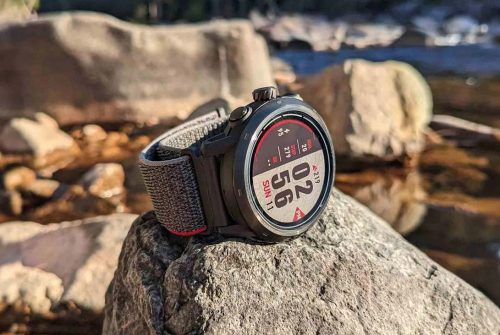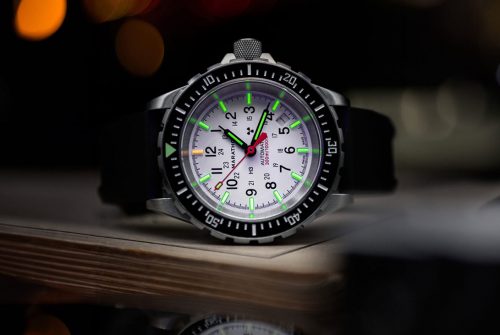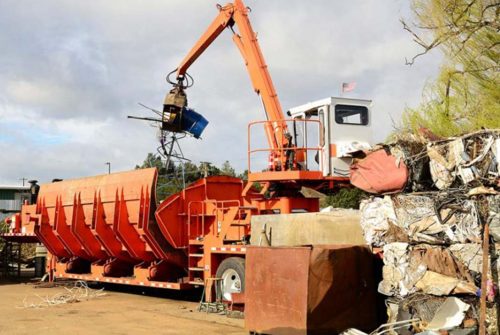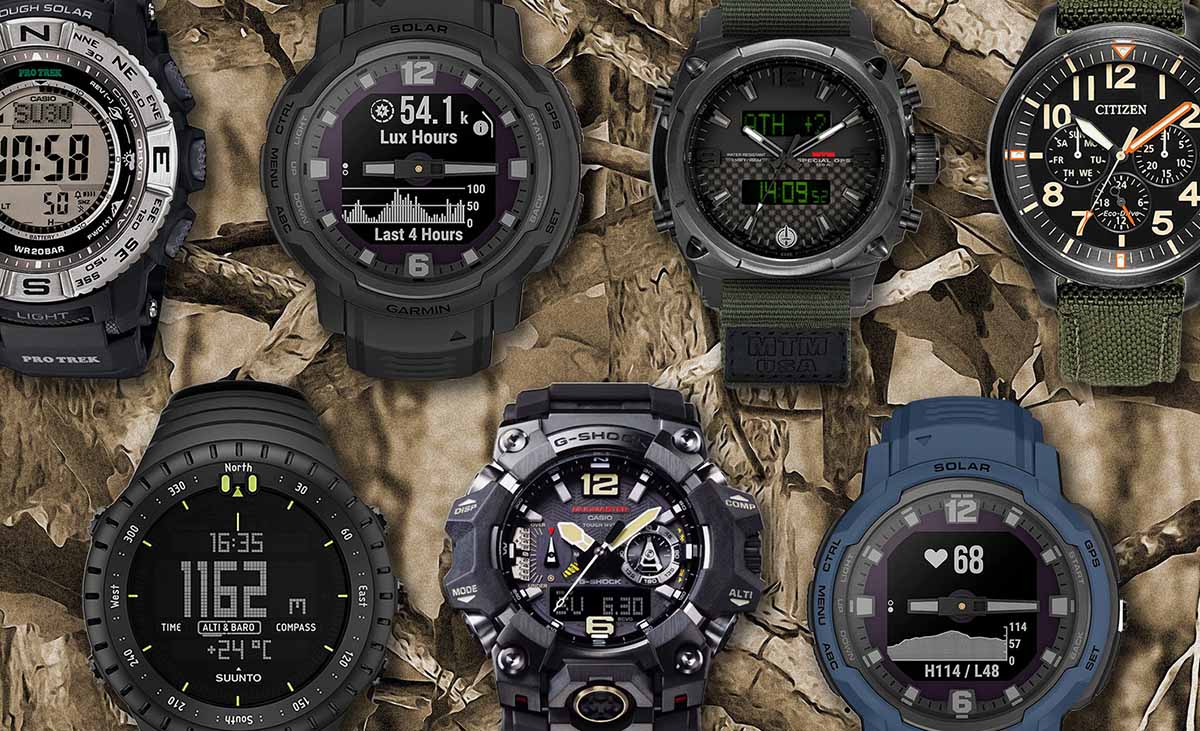
In the realm of outdoor adventure and emergency preparedness, few tools are as indispensable — and often overlooked — as the survival watch. More than a mere timepiece, a well-designed survival watch is a compact powerhouse of critical functions, built to withstand harsh environments while providing essential information that can make the difference between safety and danger.
Whether you are a mountaineer, hiker, military operative, prepper, or adventurer, understanding the value and capabilities of survival watches is crucial. This article explores the features, technology, use cases, and selection criteria for survival watches, helping you make informed choices for your needs. But I also hope you can learn how to identify replica watches because this will threaten your safety.
What Is a Survival Watch?
A survival watch is a wrist-worn device designed to assist individuals in navigating, enduring, and surviving in extreme or remote conditions. Unlike standard wristwatches, survival watches integrate features like GPS navigation, barometric altimeters, compasses, thermometers, SOS beacons, and even solar charging. They are engineered for durability, reliability, and functionality in a wide range of survival scenarios — from natural disasters to wilderness expeditions.
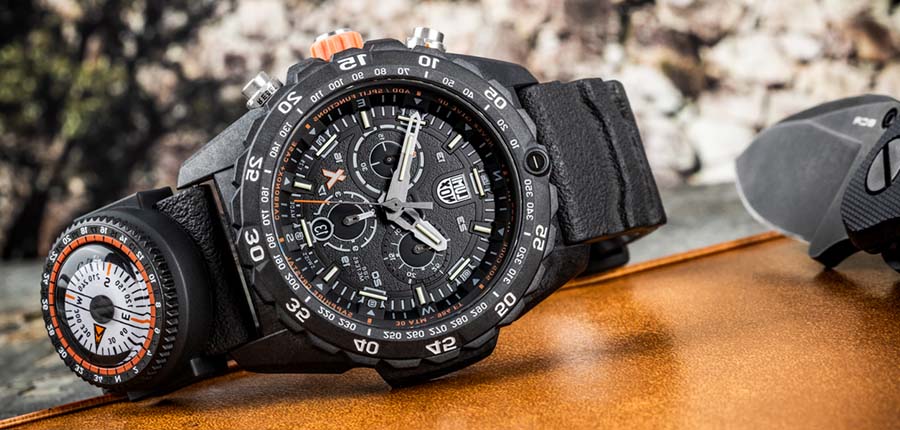
Survival watches bridge the gap between traditional analog field watches and digital smartwatches, offering a hybrid of ruggedness and intelligence. Military personnel, search and rescue teams, and survival experts worldwide use many models.
Core Features of Survival Watches
The defining strength of a survival watch lies in its multi-functionality and rugged design. Below are the most critical features to look for in a high-performance survival watch:
Durability and Build Quality
A survival watch must be shock-resistant, waterproof, and able to function under extreme temperatures. Materials like sapphire crystal, carbon fiber, titanium, and reinforced polymer are commonly used for cases and bands to ensure resistance to impact, corrosion, and abrasion.
Compass (Digital or Analog)
Navigation is often a core necessity in survival situations. Built-in compasses — either traditional magnetic or digital — allow users to maintain orientation and avoid getting lost in unfamiliar terrain.
GPS and GLONASS Tracking
High-end survival watches feature GPS/GLONASS integration for real-time tracking, route mapping, and geolocation. This is invaluable for wilderness expeditions, solo travel, or emergencies where return navigation or rescue is necessary.
Altimeter, Barometer, and Thermometer (ABC Sensors)
These three sensors are often bundled together:
- Altimeter: Measures elevation, useful for mountaineering or understanding terrain.
- Barometer: Detects atmospheric pressure changes, helping to predict storms.
- Thermometer: Gauges ambient or body temperature, assisting in hypothermic or heat-related risk management.
Solar Charging or Extended Battery Life
Many survival watches offer solar charging capabilities, enabling weeks or even months of operation without needing electrical charging, critical in remote areas. Others boast extended battery lives with power-saving modes.
Emergency Features
Some smart survival watches are equipped with SOS beacon systems, emergency alert functions, or satellite communication tools (e.g., Garmin’s InReach). These allow the user to send distress signals even without cell service.
Night Vision Compatibility and Backlighting
For military or tactical use, watches may offer night vision-compatible displays and strong backlights (such as LED or luminescent materials) for visibility in low-light or blackout conditions.
Types of Survival Watches
Survival watches can generally be divided into three categories based on function and technology:
Analog Field Watches
These are traditional mechanical or quartz watches, prized for simplicity and reliability. They often feature tritium or luminous dials, rotating bezels for rudimentary timing, and military-style designs. While lacking digital features, they are extremely durable and battery-efficient.
Digital Multi-Function Watches
Brands like Casio’s G-SHOCK Rangeman or Suunto’s Core offer a rugged, digital platform with ABC sensors, sunrise/sunset data, and countdown timers. These models are designed for users who need utility without smart connectivity.
GPS Smart Survival Watches
Advanced options like the Garmin Fenix, Garmin Instinct, and Suunto Vertical combine smartwatch features with outdoor survival tools. These watches offer real-time GPS mapping, fitness tracking, mobile connectivity, weather alerts, and offline navigation. They are ideal for high-tech explorers but require charging.
Top Brands and Recommended Models
Here are some of the most respected survival watches on the market, known for performance and durability:
Garmin Fenix 7X
- GPS, altimeter, barometer, and multi-sport tracking.
- Solar charging and TOPO maps.
- Military-grade toughness.
- Smart features like music and phone notifications.
Casio G-SHOCK Rangeman GW-9400
- Triple sensor (ABC), mud-resistant, solar-powered.
- Built to withstand tough terrain.
- Radio-controlled timekeeping.
Suunto Traverse Alpha
- GPS/GLONASS, fishing, and hunting modes.
- Rugged military-tested build.
- Excellent battery life.
Luminox Bear Grylls Survival Series
- Quartz movement, compass bezel.
- Water-resistant up to 200 meters.
- Designed in collaboration with survival expert Bear Grylls.
Use Cases for Survival Watches
Wilderness Exploration
For hikers, mountaineers, and bushcrafters, survival watches offer vital data like altitude, coordinates, and weather trends. Real-time GPS ensures you can find your way back or chart a new path.
Military and Tactical Operations
Operators benefit from durability, low-light readability, night-vision compatibility, and silent operation modes. Navigation and coordination are also enhanced through synced GPS and timekeeping.
Emergency Preparedness
In disaster scenarios (earthquakes, floods, grid-down), a solar-powered watch with ABC and SOS capabilities can assist in relocation, resource tracking, and maintaining situational awareness.
Expedition and Remote Work
Scientists, researchers, and field workers in extreme environments rely on rugged watches for timekeeping, orientation, and weather prediction where traditional instruments are unavailable.
Choosing the Right Survival Watch: Key Considerations
Before purchasing a survival watch, evaluate the following:
Purpose
Is it for day hiking or long-term wilderness survival? Casual camping or professional military use? Your use case dictates the feature set required.
Environment
Consider the environmental conditions — cold, humidity, high altitudes, and water exposure — that the watch will be subjected to.
Battery and Power Source
Solar-powered and long-lasting lithium battery models are ideal for long-term off-grid use.
Ease of Use
A complex user interface can be a liability under stress. Choose a watch with intuitive controls and readable displays.
Budget
Prices range from $100 for basic rugged watches to $800+ for premium GPS smartwatches. Strike a balance between cost and essential features.
Conclusion
In a world where technology often favors convenience over resilience, survival watches stand out as tools built for the harshest conditions. More than an accessory, they are compact life-saving instruments that serve as companions in both adventure and adversity. Whether you’re navigating deep forests, surviving urban collapse, or simply preparing for the unexpected, a well-chosen survival watch can significantly enhance your safety, confidence, and self-reliance. But before you make a purchase decision, you must know the right channels for buying. Otherwise, you are likely to buy a fake watch, especially a Rolex replica. Be careful!
Choose wisely, train regularly, and let your survival watch be not just a tool, but a symbol of preparedness. Enjoy now!
